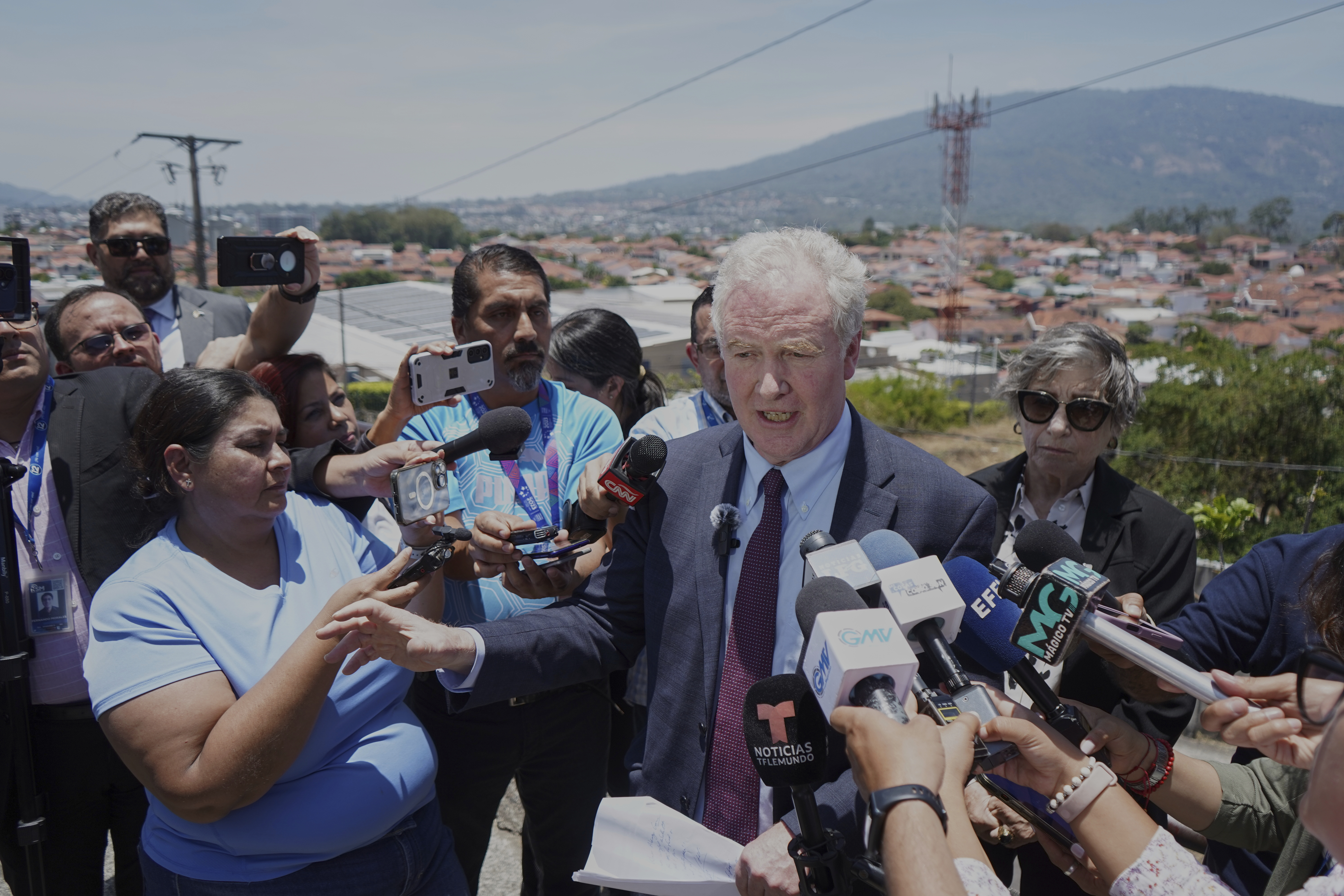It turns out Earth is not the only planet in the solar system with thunderstorms. NASA's Juno mission captured the glow left from a bolt of lightning.
In a newly released picture, a green bolt of lightning was spotted in the middle of a Jupiter storm. The image was captured in December on Juno's 31st flyby of the planet.
While thunderstorms on Earth are fueled by water vapor, storms on Jupiter are powered by clouds containing an ammonia-water solution. These storms are more likely to form near the planet's poles, NASA said.
Because Juno is beginning a mission to study Jupiter at night, it is more likely to capture these vivid thunderstorms.

JUICE is loose: European space probe embarks for Jupiter's icy moons
JUICE, short for Jupiter Icy Moons Explorer, will study three of the planet's largest moons and the massive oceans buried beneath their surfaces.
This was not the first time Juno has captured lightning on Jupiter. Lightning was first observed on Jupiter in 1979 during Voyager's mission.
"Juno's close flybys of the cloud tops allowed us to see something surprising — smaller, shallower flashes — originating at much higher altitudes in Jupiter's atmosphere than previously assumed possible," Heidi Becker, Juno's Radiation Monitoring Investigation lead, said in 2020. "At these altitudes, the ammonia acts like an antifreeze, lowering the melting point of water ice and allowing the formation of a cloud with ammonia-water liquid. In this new state, falling droplets of ammonia-water liquid can collide with the upgoing water-ice crystals and electrify the clouds. This was a big surprise, as ammonia-water clouds do not exist on Earth."
Juno launched in 2011 and entered Jupiter's orbit in 2016.









